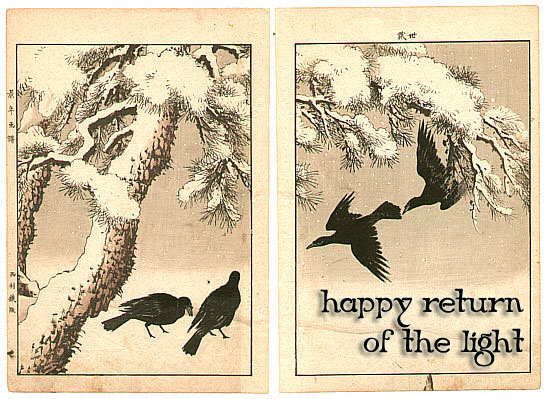birds in our transitions
 edward penfield (collier's cover here; plus many harper's covers), will bradley and louis rhead were illustrators, designers and poster makers at the turn of the century. their work was exhibited with the japanese prints that were being imported to the us, and the style of each became strongly influenced by the prints. we see the same flat expanses of color interceded by rich pattern, and the asymmetrical layouts.
edward penfield (collier's cover here; plus many harper's covers), will bradley and louis rhead were illustrators, designers and poster makers at the turn of the century. their work was exhibited with the japanese prints that were being imported to the us, and the style of each became strongly influenced by the prints. we see the same flat expanses of color interceded by rich pattern, and the asymmetrical layouts.speaking of penfield (though they could have been speaking of any of the three), publisher's weekly said,
"The advertising poster has within recent years actually soared into the regions of art." Penfield is also credited with bringing abstraction to commercial art through his boldly simplified shapes. This and other stylistic trademarks resulted from a distillation of a number of influences, including the compositional precepts and casual poses found in Japanese prints, the hand-craftsmanship of the Arts and Crafts movement, the impressionistic approach of Parisian poster-making, and British poise and directness. "*
 bairei kono was a printmaker/painter who lived and worked in kyoto during the meiji period. he was also an influential teacher.
bairei kono was a printmaker/painter who lived and worked in kyoto during the meiji period. he was also an influential teacher.his two main bodies of work for which he is remembered are the seasonal documenting of birds and flowers, and another, called 'one hundred flowering plants,' published after his death.
just as penfield was being influenced by bairei's magpie, bairei as well was being influenced by western art, or so i hear. personally, i don't find a shadow in sight.
Labels: bairei kono, louis rhead
















